Straw Blowing and Crimping
Ensure that your property is secured from soil erosion by hiring Grass Plus, Inc. to perform straw blowing and crimping services.
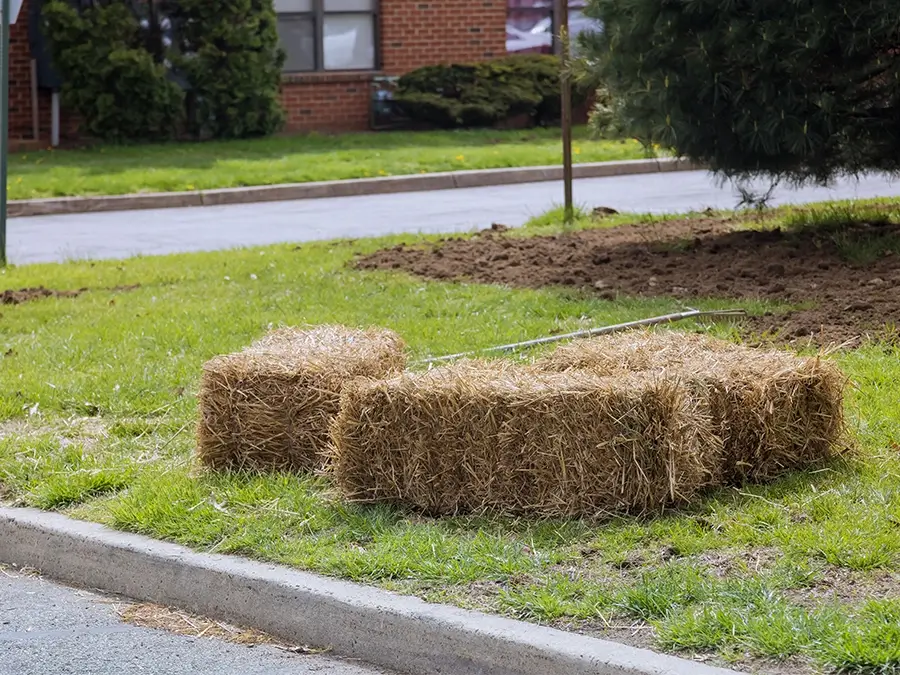
Exceptional Straw Blowing and Crimping Services
Lands that require stability or show signs of erosion are in need of straw blowing and crimping. Both are essential for evenly distributing straw mulch over the soil surface and creating a protective barrier against erosive forces. The straw retains moisture, reduces runoff, and promotes seed germination and vegetation establishment.
Grass Plus, Inc. is the premier provider of straw blowing and crimping services. With more than 30 years of experience, our expert team understands the importance of erosion control and soil stabilization. We utilize state-of-the-art equipment and employ skilled technicians to apply straw mulch and perform crimping techniques.
The Importance of Straw Blowing and Crimping
Straw blowing and crimping play a vital role in preserving the integrity of lands and promoting successful vegetation establishment. Here are a few more reasons that will compel you to hire Grass Plus, Inc. to conduct the services:
1. Erosion Control
Straw blowing and crimping create a protective layer of straw mulch that prevents soil erosion. The straw acts as a barrier against erosive forces like rainfall and wind, reducing the risk of soil loss and maintaining land integrity.
2. Soil Stabilization
Both methods distribute straw mulch evenly over the soil surface and integrate it mechanically to enhance soil stability. This promotes favorable conditions for seed germination, vegetation establishment, and overall plant growth.
3. Moisture Retention
Straw blowing and crimping help retain moisture in the soil. This is particularly beneficial in arid or dry climates where water conservation is crucial. The retained moisture supports plant growth and reduces water runoff.
4. Seed Protection
Both blowing and crimping protect newly seeded areas from harsh environmental conditions. This improves the chances of successful germination and establishment of vegetation.
5. Sustainable Landscaping
Straw blowing and crimping are environmentally friendly erosion control measures that promote sustainable landscaping practices. They reduce soil erosion and enhance vegetation growth, contributing to natural habitat restoration and preservation.
Other Reclamation & Erosion Control Services
Get In Touch
- Email Us
- (801) 394-2244
-
554 E. 2200 N. Eden,
UT 84310 -
Monday to Friday,
9 AM to 5 PM
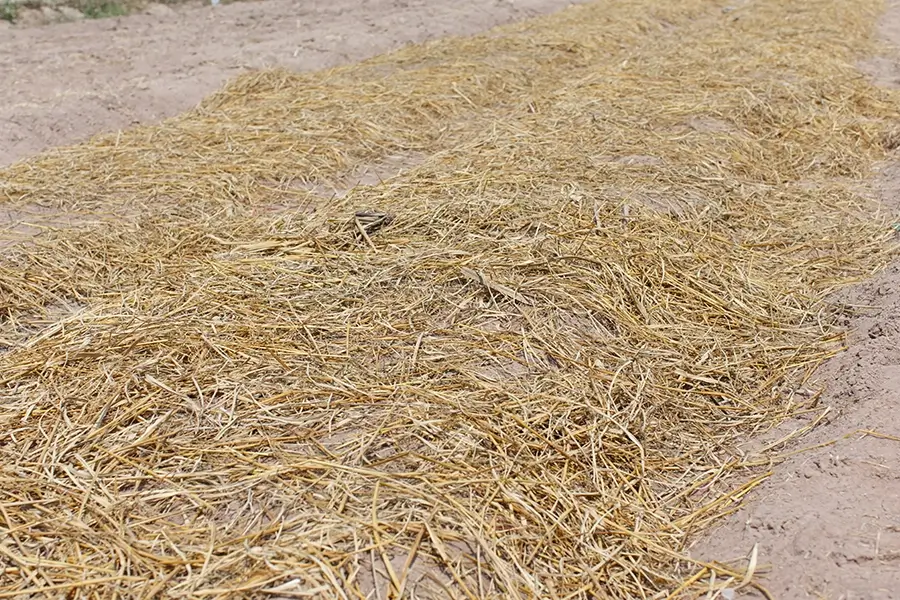
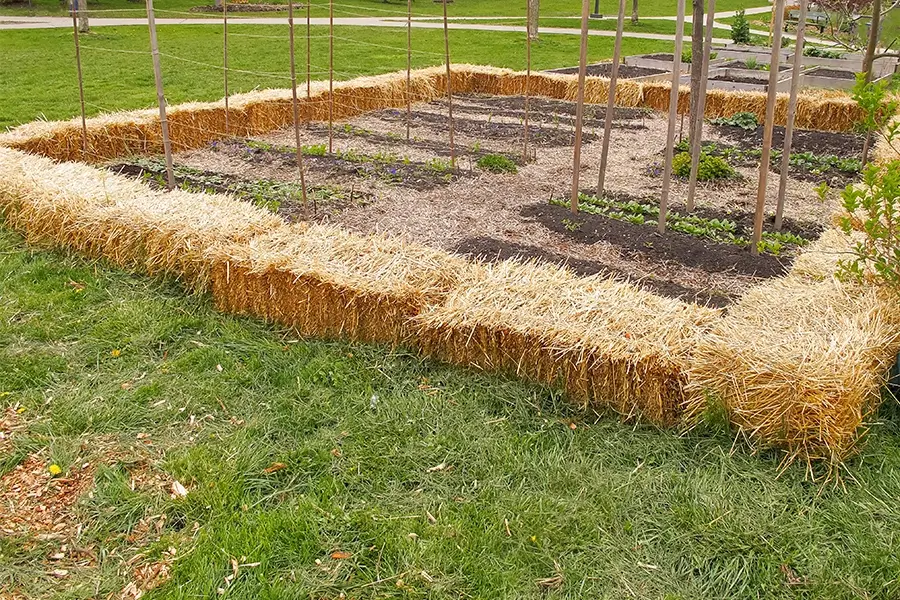
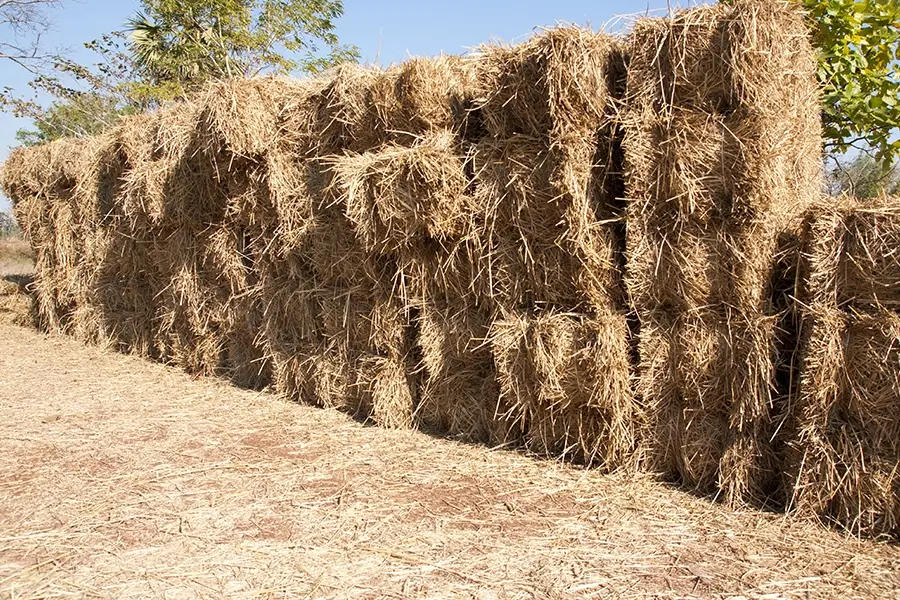
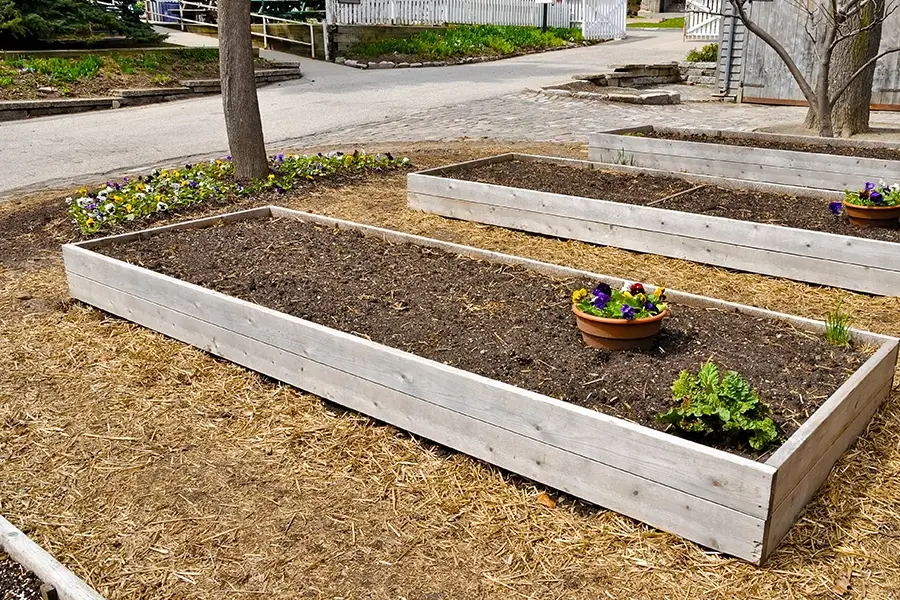
Creating Beautiful Utah Landscapes Since 1993
Who Can Benefit From Straw Blowing and Crimping
If you’re wondering whether you need straw blowing and crimping, check out this list:
1. Property Owners
Straw blowing and crimping benefit property owners, including homeowners, commercial property owners, and land developers. These techniques protect lands by preventing soil erosion, promoting vegetation growth, and maintaining the stability of the land.
2. Construction Sites
Construction sites benefit from straw blowing and crimping services as these techniques control soil erosion during and after construction. By stabilizing the soil and preventing erosion, they minimize sediment runoff, reduce the impact on surrounding areas, and ensure compliance with environmental regulations.
3. Landscaping and Restoration Projects
Both methods are essential for landscaping and restoration projects, such as reseeding areas after land disturbance or rehabilitating degraded sites. They enhance seed germination, promote vegetation establishment, and accelerate restoration, resulting in healthier landscapes and improved biodiversity.
4. Environmental Conservation Efforts
Straw blowing and crimping contribute to environmental conservation efforts by reducing soil erosion and preserving natural habitats. They support the establishment of native plants, restore ecosystem balance, and protect water quality by minimizing sediment runoff into water bodies.
5. Governments and Municipalities
Government agencies and municipalities benefit from both methods as they help meet erosion control regulations and ensure sustainable land management practices. Investing in blowing and crimping can mitigate the negative impact of soil erosion, promote land rehabilitation, and maintain the integrity of public infrastructures.
FAQs
1. What are straw blowing and crimping?
Straw blowing and crimping are techniques used in erosion control and soil stabilization. Straw blowing involves mechanically blowing or distributing straw mulch over the soil surface, while crimping is the process of mechanically crimping the straw into the soil to enhance stability.
2. Are straw blowing and crimping environmentally friendly?
They are considered environmentally friendly erosion control techniques. They utilize natural materials, aid in establishing vegetation, and contribute to biodiversity and ecosystem stability.
3. When are straw blowing and crimping typically used?
Straw blowing and crimping are usually performed in construction sites, disturbed areas, and areas prone to erosion. They are typically required in situations where soil stabilization and erosion control are essential.
4. What types of straw are suitable?
Various types of straw can are suitable for blowing and crimping, including wheat, oat, rice, barley, and other crop residues. The choice of straw will depend on availability, local regulations, project specifications, and the desired erosion control objectives.
5. Does the straw need to be process or treated?
Generally, the straw used for blowing and crimping does not require any special processing or treatment. However, there are cases where specific regulations or project specifications exist. These cases will need the straw to be certified weed-free or undergo treatments to ensure it meets specific standards.
6. How long does the straw mulch last after the blowing and crimping?
The longevity of the straw mulch depends on factors such as environmental conditions and the decomposition rate. Typically, the straw mulch provides erosion control and soil protection for several months to a year, allowing enough time for vegetation to establish.
7. Can seeds be applied during the service?
Yes. The seeds are typically mixed with the straw mulch or blown onto the soil surface before or after the straw application.
8. How effective are straw blowing and crimping in preventing soil erosion?
They are effective in preventing soil erosion, as they provide a protective layer that helps reduce the impact of wind and water. The straw mulch acts as a barrier, preventing soil particles from being carried away by erosion agents.
9. Can straw blowing and crimping be used on bare soil?
Yes. The straw mulch helps protect the bare soil, reduce erosion, and create favorable conditions for seed germination and plant establishment.
10. Are there any precuations or considerations when it comes to straw blowing and crimping?
When it comes to either, you will need to consider things like selecting the appropriate straw type, ensuring proper equipment calibration, and implementing erosion control measures in conjunction with the technique. It’s important to follow the best practices and specific guidelines or regulations in your area.
Why Choose Us
- Providing Professional and Quality Services Since 1993
- Specializing in a Diverse Range of Projects in Utah, Wyoming, Colorado, and Idaho
- Restoring and Stabilizing Your Land With Your Vision in Mind
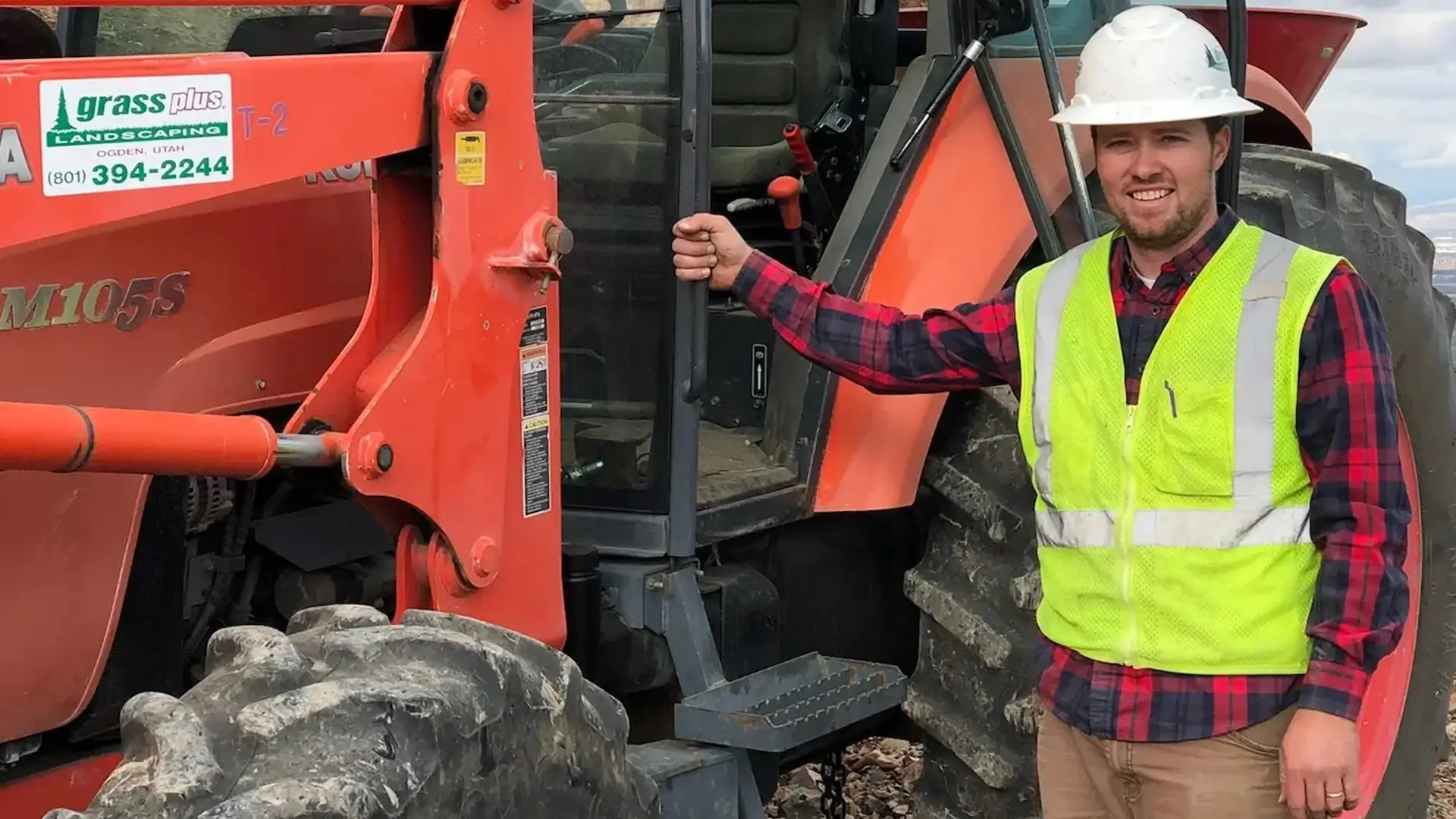
Get In Touch
- Email Us
- (801) 394-2244
-
554 E. 2200 N. Eden,
UT 84310 -
Monday to Friday,
9 AM to 5 PM
Contact Grass Plus, Inc. Today
Stabilize your land and protect your land by hiring Grass Plus, Inc. for our professional straw blowing and crimping services! For inquiries regarding our straw blowing and crimping services, feel free to contact us during our available hours. Our team will be more than happy to help you.


